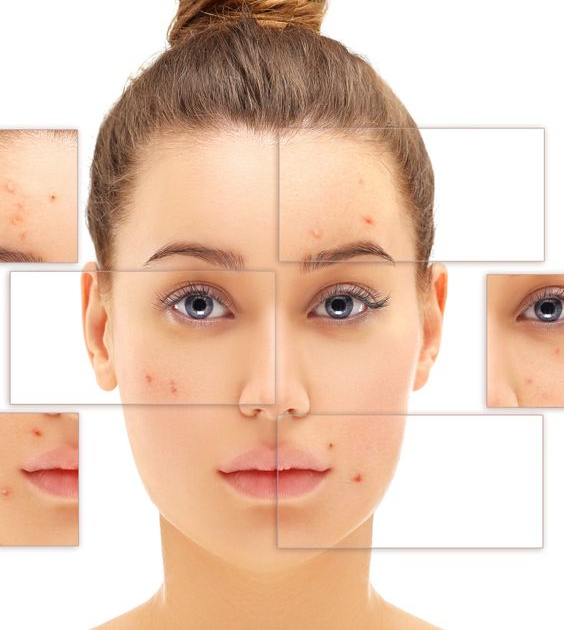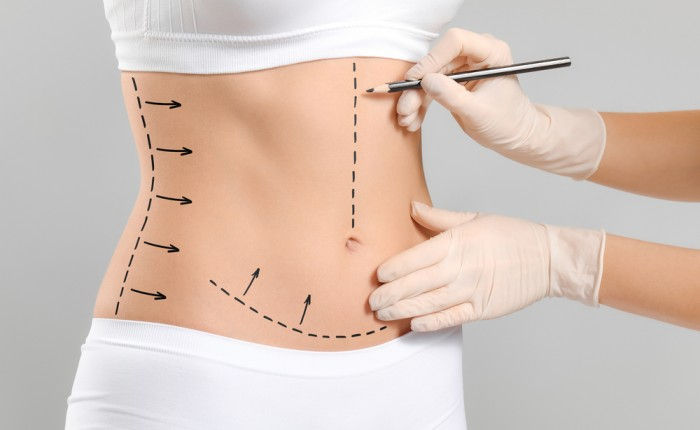Possible Side Effects of Laser Acne Treatment and How to Avoid Them
- sadaf khan sudozai
- 7 minutes ago
- 4 min read
Acne can be frustrating, not only because of the breakouts themselves but also because of the scars and marks it leaves behind. For individuals who have tried multiple creams, facials, and oral medications with little success, Laser Acne Treatment in Islamabad has become a popular choice. This advanced procedure targets acne at its root, reduces breakouts, and even improves skin texture.
However, like any cosmetic or medical procedure, laser acne treatment comes with potential side effects. The good news is that these effects are usually temporary and can often be minimized or avoided with the right approach. In this blog, we’ll explore the possible side effects of laser acne treatment and provide practical tips on how to prevent them for a safe and effective experience.

Understanding Laser Acne Treatment
Laser acne treatment uses concentrated beams of light to:
Target acne-causing bacteria.
Shrink overactive sebaceous glands.
Stimulate collagen production to improve scars.
Reduce skin redness and pigmentation from past breakouts.
While the procedure is generally safe, patients should be aware of its temporary after-effects and the best practices to avoid long-term issues.
Common Side Effects of Laser Acne Treatment
1. Redness and Swelling
What happens? After the procedure, the treated skin may appear flushed or slightly swollen.
Why? This occurs because the skin reacts to the heat from the laser.
How to avoid/manage it? Apply a cold compress, use dermatologist-recommended soothing gels, and avoid touching the treated area. Redness usually fades within 24 to 48 hours.
2. Mild Discomfort or Tingling Sensation
What happens? Some patients feel a tingling or sunburn-like sensation post-treatment.
Why? The skin becomes temporarily sensitive due to laser penetration.
How to avoid/manage it? Your doctor may prescribe soothing ointments or mild pain relievers. Avoid harsh skincare products for at least a few days.
3. Dryness and Flaking
What happens? The skin may feel dry or begin to peel in the days following treatment.
Why? Laser accelerates cell turnover, leading to shedding of old skin.
How to avoid/manage it? Keep your skin moisturized with non-comedogenic creams and avoid over-exfoliation.
4. Pigmentation Changes
What happens? Some patients may notice temporary darkening (hyperpigmentation) or lightening (hypopigmentation) of the skin.
Why? This is more common in individuals with medium to dark skin tones.
How to avoid/manage it? Always apply sunscreen, avoid direct sun exposure, and ensure the treatment is performed by an experienced dermatologist who uses the correct laser settings for your skin type.
5. Mild Bruising or Crusting
What happens? Tiny scabs or crusts may form on treated areas.
Why? This is the skin’s natural healing response.
How to avoid/manage it? Do not pick or scratch the skin. Use gentle cleansers and follow your dermatologist’s aftercare instructions.
6. Temporary Breakouts
What happens? Some people may notice small pimples after the procedure.
Why? This occurs as the skin purges impurities.
How to avoid/manage it? Stick to a dermatologist-recommended skincare routine, avoid heavy makeup, and let your skin breathe.
7. Rare Complications
While uncommon, improper handling of laser devices can cause burns, scarring, or long-lasting pigmentation issues. These risks highlight the importance of choosing an experienced dermatologist.
How to Minimize Side Effects
1. Pre-Treatment Care
Avoid sun exposure at least two weeks before the procedure.
Discontinue harsh skincare products (retinoids, scrubs, bleaching creams).
Share your medical history with your dermatologist, including any medications.
2. During the Treatment
Ensure the clinic uses advanced, skin-type-appropriate laser technology.
Confirm that the procedure is carried out by a qualified dermatologist, not a technician.
3. Post-Treatment Care
Apply a gentle moisturizer and sunscreen regularly.
Avoid direct sun, saunas, and hot showers for a few days.
Do not pick, scratch, or exfoliate the skin until fully healed.
Use only dermatologist-recommended skincare products.
Who is at Higher Risk of Side Effects?
Although laser acne treatment is safe for most people, some groups are more prone to side effects:
Individuals with very sensitive skin.
People with darker skin tones (due to higher risk of pigmentation changes).
Patients using certain acne medications (like isotretinoin).
Those with a history of keloids or excessive scarring.
For such patients, dermatologists may recommend alternative treatments or modify laser settings for safety.
Why Side Effects Shouldn’t Scare You
It’s important to remember that most side effects of laser acne treatment are temporary and manageable. In fact, the vast majority of patients enjoy clearer skin with minimal downtime. The key lies in proper consultation, careful planning, and diligent aftercare.
Comparing Side Effects: Laser vs. Other Acne Treatments
Treatment | Common Side Effects | Long-Term Risks |
Topical Creams | Dryness, irritation, peeling | Minimal, if used correctly |
Oral Medications | Nausea, liver stress, hormonal side effects | Possible systemic issues |
Chemical Peels | Redness, peeling, pigmentation changes | Higher risk for darker skin types |
Laser Treatment | Redness, swelling, mild pigmentation | Minimal with expert care |
This shows that laser, when performed correctly, is among the safest long-term acne treatments.
Conclusion
While laser acne treatment offers impressive results for reducing acne and improving skin health, it’s essential to understand the potential side effects and how to avoid them. Most issues—such as redness, swelling, or mild pigmentation—are temporary and manageable with proper care. The safest results are achieved when the procedure is carried out by an experienced dermatologist using advanced technology.





Comments